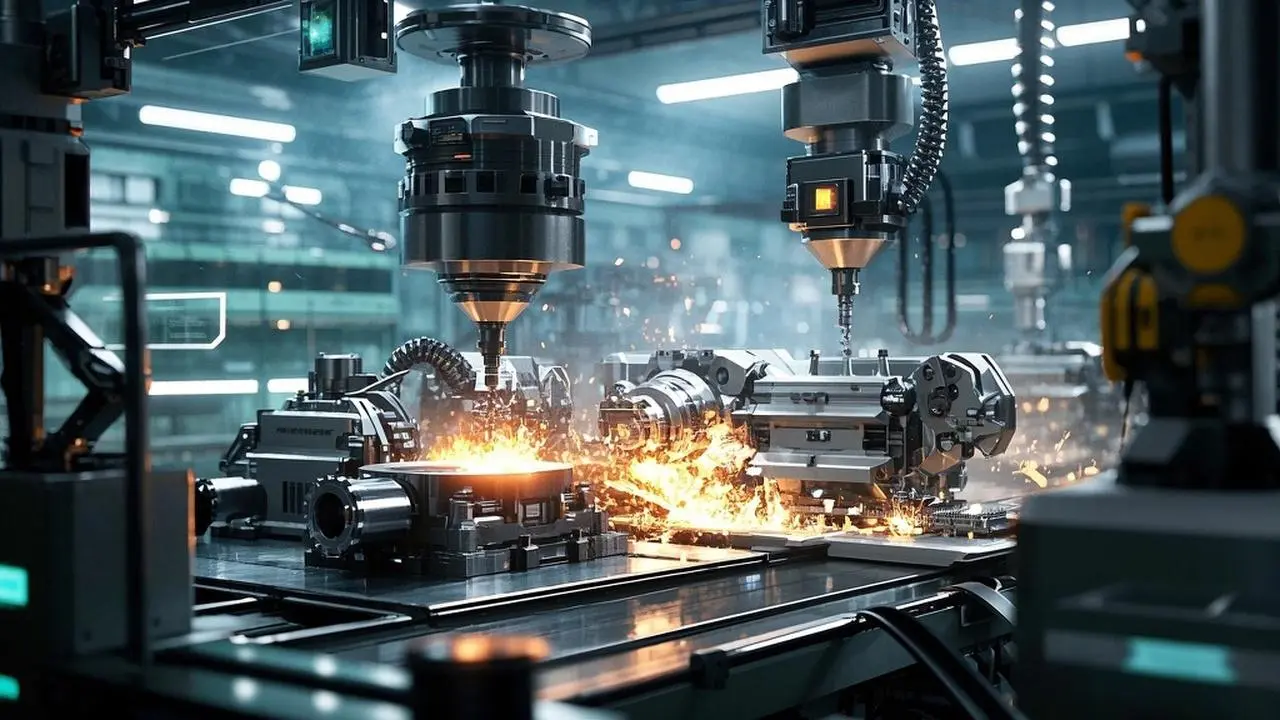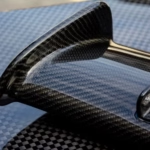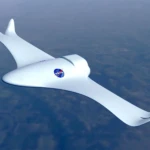Alloy Steel vs Stainless Steel: Which is Better for CNC Machining?
In the world of CNC machining, material selection plays a pivotal role in determining the performance, durability, and cost-effectiveness of the final product. Two commonly used materials are alloy steel and stainless steel. In this guide, we’ll explore their differences, address common questions, and help you decide which is more suitable for your CNC machining needs.
What is Alloy Steel vs Stainless Steel?
Alloy Steel
Alloy steel is a type of carbon steel that includes various alloying elements—such as manganese, chromium, nickel, and molybdenum—in addition to carbon. These elements enhance properties like strength, hardness, and wear resistance. Common grades include 4140 and 4340, which are often used in applications where high strength and fatigue resistance are essential, such as gears, axles, and structural components.
Stainless Steel
Stainless steel, by definition, contains at least 10.5% chromium, which forms a thin, self-healing oxide layer that provides excellent corrosion resistance. Popular grades such as 304 and 316 are known for their durability, aesthetic appeal, and low maintenance, making them ideal for applications in medical devices, kitchenware, and marine environments.
In CNC machining, alloy steel typically offers higher strength and hardness, making it more suitable for high-stress applications, while stainless steel excels in corrosion resistance and aesthetics.
What is Low Alloy Steel vs Stainless Steel?
Low Alloy Steel
Low alloy steels contain a smaller proportion of alloying elements compared to high alloy steels. With carbon content generally between 0.3–0.5%, these steels offer a balance between strength, ductility, and cost-effectiveness. They are widely used for automotive components, structural parts, and machinery where moderate hardness and weldability are important.
Stainless Steel
As noted earlier, stainless steel is distinguished by its high chromium content, which imparts excellent corrosion resistance. Despite being more challenging to machine due to work hardening and higher tool wear, stainless steel is preferred for applications requiring a superior surface finish and long-term durability against environmental factors.
Comparison:
Low alloy steel is typically easier and less expensive to machine compared to stainless steel. In contrast, stainless steel may incur higher machining costs due to its tendency to work-harden and the requirement for advanced tooling and coolant strategies. However, stainless steel’s corrosion resistance often justifies its higher cost in critical environments.
What’s Cheaper: Alloy Steel vs Stainless Steel?
When it comes to material costs, alloy steel generally has a lower price per pound compared to stainless steel. For example, common alloy steels such as 4140 or 4340 can cost significantly less than stainless grades like 304 or 316. This cost advantage makes alloy steel an attractive choice for high-volume or budget-sensitive projects.
However, it’s important to consider the entire cost of production. While alloy steel may be cheaper upfront, it might require additional surface treatments or coatings to prevent corrosion in harsh environments. On the other hand, stainless steel, despite its higher material cost, provides long-term savings through reduced maintenance and improved durability in corrosive applications. Ultimately, the best choice depends on your application requirements—if cost is a primary concern and the environment is controlled, alloy steel may be the more economical option. For applications requiring superior corrosion resistance and a pristine finish, stainless steel could prove to be more cost-effective over the product’s lifecycle.
Alloy Steel vs Stainless Steel: Which is Stronger?
Strength is a critical parameter in CNC machining. Alloy steel typically exhibits higher tensile strength and hardness compared to stainless steel. For instance, grades like 4140 and 4340 can achieve tensile strengths ranging from 758 to 1,722 MPa and hardness levels up to 60 HRC after quenching. This makes alloy steel highly suitable for components subject to heavy loads and wear, such as gears, shafts, and structural elements.
Stainless steel, particularly austenitic types like 304, generally has lower tensile strength (around 515–1,103 MPa) and hardness (up to 45 HRC) compared to high-strength alloy steels. However, certain stainless grades, such as 17-4 PH, are designed to offer a balance of strength and corrosion resistance, though they typically still fall short of alloy steel in terms of sheer mechanical strength.
Winner for Strength:
For applications where high stress, wear resistance, and robust mechanical properties are paramount, alloy steel is generally the stronger option.
Alloy Steel vs Stainless Steel: Which is Better for CNC Machining?
Deciding which material is better for CNC machining depends on several factors, including the specific application, environmental conditions, and desired finish.
- For High-Strength, Wear-Resistant Parts:
Alloy steel is preferable. Its superior strength and hardness (when properly heat-treated) make it ideal for components like gears, shafts, and other structural parts that endure high stresses and impact forces. The lower cost of alloy steel also favors budget-sensitive projects. - For Corrosion-Resistant and Aesthetic Applications:
Stainless steel is the better choice. Its inherent corrosion resistance and ability to achieve high-quality surface finishes are crucial for medical devices, marine hardware, and consumer products where appearance and longevity are key. - Machinability Considerations:
Alloy steel is generally easier to machine with lower tool wear compared to stainless steel, which tends to work-harden and requires more advanced machining strategies (e.g., high-pressure coolant, specialized cutting tools). - Overall Cost:
While alloy steel is cheaper in raw material costs, stainless steel may provide long-term savings in environments prone to corrosion and maintenance issues.
There is no one-size-fits-all answer. If your project demands extreme strength and cost efficiency, alloy steel is likely the best choice. If corrosion resistance and aesthetics are more critical, stainless steel may be preferable. For CNC machining, each material has its own set of challenges and advantages; understanding these will help you make an informed decision tailored to your specific application.
Higher Carbon Steel is Harder – Here’s Why and How It Impacts Applications
Higher carbon steel is unequivocally harder than low or medium-carbon steel due to its increased carbon content, typically ranging from 0.6% to 1.5%. This higher concentration of carbon increases the steel’s hardness and strength by forming carbides during heat treatment, which hinder dislocation movement within the iron lattice. However, this improved hardness comes at the expense of ductility and weldability, making higher carbon steels less pliable and more brittle if not properly treated.
Carbon Content vs Hardness – The Science
Carbon’s Role:
Carbon atoms in steel form iron carbides that impede the movement of dislocations, resulting in enhanced hardness. For example, low carbon steels (0.05–0.25%) are soft and highly ductile, making them easy to weld but less suitable for high-stress applications. Medium carbon steels (0.3–0.5%) offer a balance of strength and ductility. In contrast, high carbon steels (0.6–1.5%) exhibit significantly increased hardness, with hardness values reaching up to 60 HRC after quenching and tempering.
Trade-Offs:
While increased hardness is beneficial for wear resistance and cutting tools, it also makes the steel more susceptible to brittleness. Heat treatment processes such as quenching and tempering are crucial to balance hardness with toughness. For instance, 1080 high carbon steel, when tempered properly, offers excellent edge retention for springs and cutting tools without becoming overly brittle.
| Steel Type | Carbon % | Hardness (HRC) | Key Trait |
|---|---|---|---|
| Low Carbon | 0.05–0.25% | 10–20 | Ductile, weldable |
| Medium Carbon | 0.3–0.5% | 20–35 | Balanced strength |
| High Carbon | 0.6–1.5% | 40–65 | High hardness, reduced ductility |
High Carbon Steel Grades – Properties and Uses
EN45 High Carbon Steel
- Carbon Content: 0.5–0.6% (medium-high)
- Applications: Commonly used in automotive leaf springs and gears.
- Key Trait: Provides good fatigue resistance after oil quenching, making it cost-effective for components requiring balanced strength.
7Cr17 High-Carbon Stainless Steel
- Carbon Content: Approximately 0.7% combined with 17% chromium.
- Applications: Ideal for knives and surgical tools.
- Key Trait: Offers excellent corrosion resistance and can achieve hardness values in the range of HRC 58–60, combining durability with aesthetic appeal.
1060 High Carbon Steel
- Carbon Content: Around 0.6%
- Applications: Suitable for axles, blades, and various heat-treated tools.
- Key Trait: Known for its cost-effectiveness and good machinability when subjected to proper heat treatment.
1080 High Carbon Steel
- Carbon Content: Approximately 0.8%
- Applications: Commonly used in manufacturing springs, swords, and cutting tools.
- Key Trait: Exhibits excellent edge retention when tempered, making it highly suitable for applications that require sharpness and durability.
5160 High Carbon Steel
- Carbon Content: Around 0.6%, with additional chromium
- Applications: Widely used in vehicle springs and punches.
- Key Trait: Offers superior toughness and impact resistance, essential for parts that must endure repeated stress.
Razortooth 18″ High Carbon Steel Band
- Use: Primarily used for bandsaw blades in metal and wood applications.
- Key Trait: Balances hardness (typically HRC 45–50) with sufficient flexibility, ensuring long-lasting cutting performance.
High Carbon Steel Drill Bits
- Material: Often manufactured from 1060 or 1080 high carbon steel.
- Key Trait: Provides high wear resistance; however, they require careful heat management during machining to prevent brittleness.
Challenges in Machining High Carbon Steel
Machining high carbon steel presents unique challenges:
- Tool Wear: The increased hardness accelerates tool wear, making carbide or ceramic cutting tools essential.
- Heat Management: High carbon steels generate significant heat during machining. Effective coolant systems are critical to prevent thermal cracking and maintain dimensional stability.
- Post-Processing: Stress-relief annealing is often required after machining to reduce residual stresses and brittleness, ensuring that the final component meets performance specifications.
Why Choose High Carbon Steel?
High carbon steel is the material of choice for applications demanding extreme hardness and wear resistance:
- Edge Tools: Ideal for manufacturing blades, drill bits, and cutting instruments where sharpness and longevity are critical.
- Structural Components: Used in springs (e.g., 5160) and gears (e.g., EN45) where fatigue resistance is paramount.
- Cost Considerations: While high carbon steel is more challenging to work with, its superior wear resistance can lead to lower long-term costs in applications where durability is key.
CNC Machining Considerations at Great Light
At Great Light CNC Machining Services, we specialize in processing high carbon steel with utmost precision:
- Precision: Our state-of-the-art 5-axis CNC machines achieve tolerances of ±0.005 mm, ensuring even the most complex geometries are accurately produced.
- Heat Treatment: In-house quenching and tempering processes are tailored to optimize hardness and reduce brittleness, particularly for high-performance applications like 1080 steel springs.
- Material Alternatives: For applications requiring a balance of toughness and machinability, we sometimes recommend 4140 alloy steel as a viable alternative.
Conclusion
Higher carbon steel, with its increased carbon content, is undeniably harder than lower-carbon steel. This increased hardness makes it ideal for applications that require wear resistance and strength, such as cutting tools and structural components. However, the trade-off is reduced ductility, which necessitates careful heat treatment and precision machining. For projects that demand high-quality, precisely machined high carbon steel parts, partnering with an expert provider like Great Light CNC Machining Services ensures that you achieve the perfect balance of performance and manufacturability.
Customize Your High-Carbon Steel Parts Today – Get a Free Quote!

















